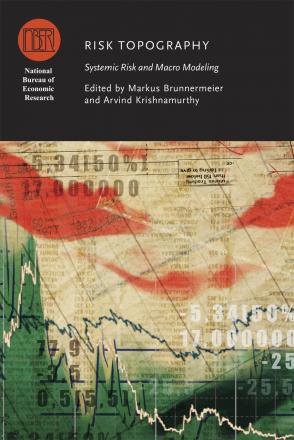Monitoring Leverage

We argue that leverage is a central element of economic cycles and discuss how leverage can be properly monitored. While traditionally the interest rate has been regarded as the single key feature of a loan, we contend that the size of the loan, i.e., the leverage, is in fact a more important measure of systemic risk. Indeed, systemic crises tend to erupt when highly leveraged economic agents are forced to deleverage, sending the economy into recession. We emphasize the importance of measuring both the average leverage on old loans (which captures the economy's vulnerability) and the leverage offered on new loans (which captures current credit conditions) since the economy enters a crisis when leverage on new loans is low and leverage on old loans is high. While leverage plays an important role in several economic models, the data on leverage is model-free and simply needs to be collected and monitored.
-
-
Copy CitationJohn Geanakoplos and Lasse Heje Pedersen, Risk Topography: Systemic Risk and Macro Modeling (University of Chicago Press, 2012), chap. 8, https://www.nber.org/books-and-chapters/risk-topography-systemic-risk-and-macro-modeling/monitoring-leverage.Download Citation


